Ireland
|
Pauline is a Belgian Erasmus student in Dublin, capital of the Republic of Ireland. With her friend Stéphane, she goes to Belfast in Northern Ireland.
Belfast is the last city within the European Union that still has walls separating the different communities from each other. Since 1968, a civil war has engraved severe consequences on its citizens. The civil war in Northern Ireland counts some 3600 victims, 47 000 wounded persons and the area has known 16 000 bombing attacks in only 30 years time.
Today, the so called “peace walls” divides ruthlessly the city into two, with walls that can count 7.6 meters, which represents twice the height of the Berlin wall.
David, who works at the Belfast City Council, works with help from the European programme for Peace, to support voluntaries “on the ground” like Trevor. Trevor is a protestant who encourage a dialogue and development of both the Protestant as well as the Catholic communities in West Belfast.
“It has taken a lot of time for the people to realise that a part from their religious difference, they have had and have the same problems on each side of the wall…” Trevor concludes: “but sometimes people just don’t want to change”.
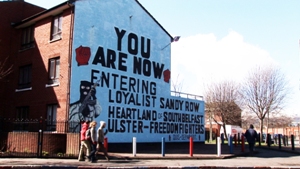  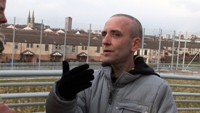  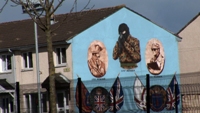 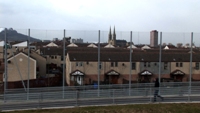 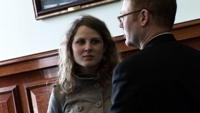
Discover More
Murals
The mural paintings of Northern Ireland depict in a powerful way the region’s past and its present divisions. They constitute the most comprising “mural propaganda” in the world. Almost 2000 murals have been documented in Northern Ireland since the 1970’s.
EU Programme for Peace and Reconciliation in Northern Ireland and the Border Region of Ireland
The EU Peace Programme’s twin objectives of promoting social inclusion and, at the same time, making the most of new opportunities to boost economic growth and advance social and economic regeneration have been central to its success.
|
|
Comments are closed.
|